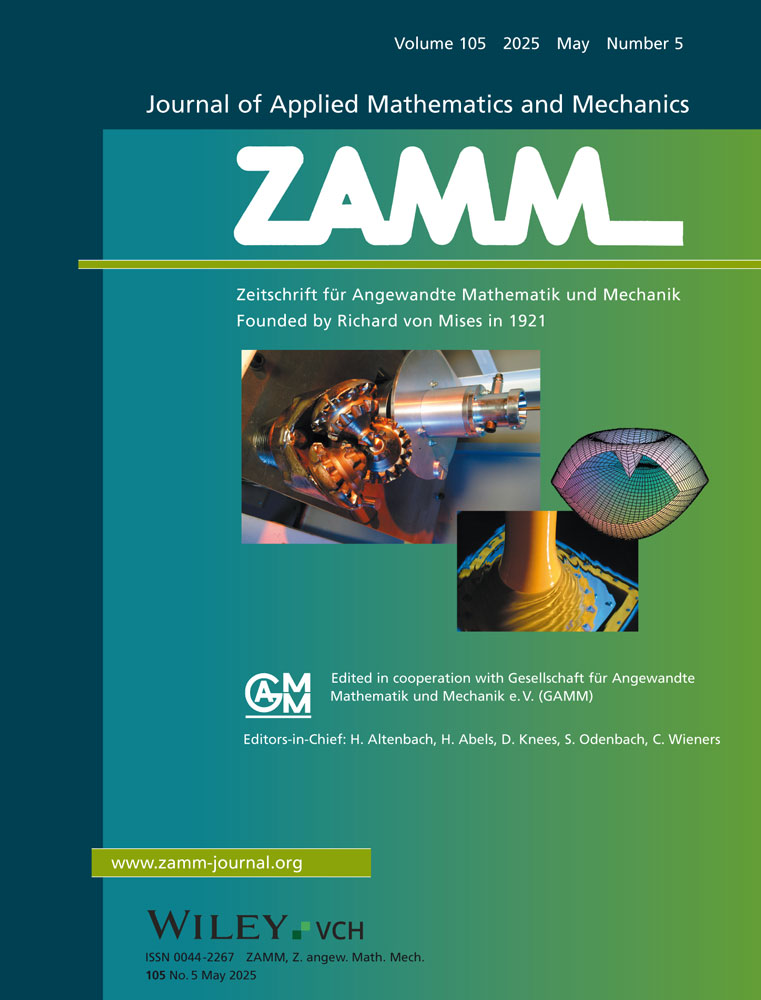Investigation of squeeze film characteristics between a sphere and a flat plate in the presence of porous medium: Rabinowitsch fluid model
Abstract
In practical applications, the stability of lubricants is enhanced by incorporating a variety of additives, such as viscosity index improvers like polyisobutylene, ethylene–propylene, lithium hydroxy stearate, and hydrophobic silica. These additives impart non-Newtonian pseudoplastic and dilatant properties to the lubricants, which can be effectively modeled using the Rabinowitsch fluid model. This study focuses on the squeezing characteristics between a sphere and a flat plate within a porous medium lubricated by these non-Newtonian pseudoplastic and dilatant fluids. The modified Reynolds equation is derived to analyze this behavior, and a closed-form solution for film pressure is obtained. Numerical simulations are conducted to evaluate key parameters such as pressure distribution, load-carrying capacity, and squeeze film time under various squeezing conditions. The analysis considers different values of the pseudoplastic parameter, which significantly influence these characteristics due to the non-Newtonian behavior of the lubricants. Notably, the absence of porosity results in more pronounced variations in the squeeze film properties. However, the introduction of porosity reduces these effects, leading to diminished squeeze film performance. These findings underscore the importance of both fluid rheology and porous medium properties in determining the overall behavior of lubricated contacts under squeezing conditions.
CONFLICT OF INTEREST STATEMENT
The authors declared no conflict of interest.
Open Research
DATA AVAILABILITY STATEMENT
Data will be made available on the request. I have used all the data graphically and numerically in my paper for publication, while the backup of the files would be available on request.




